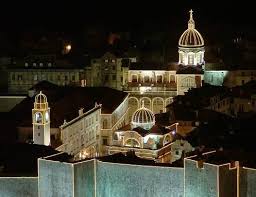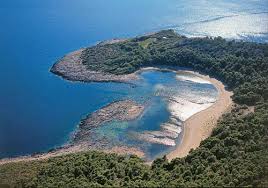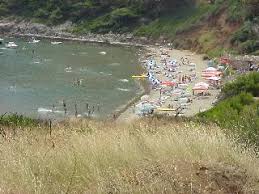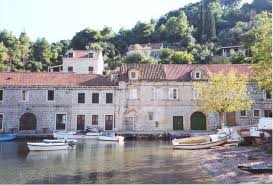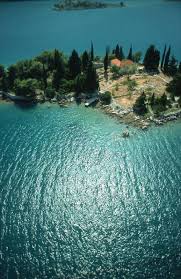Dubrovnik Jews
06.01.2009., utorak
Marranos, Conversos, Christians & Jews
|
Marranos or secret Jews were Sephardic Jews (Jews resident in the Iberian peninsula) who were forced to adopt Christianity under threat of expulsion but who continued to practice Judaism secretly. The term in Spanish meant pigs; it stemmed from the ritual prohibition against eating pork, a prohibition practiced by both Jews and Muslims. In Spanish, the term marrano acquired the meaning of "swine" or "filthy". In contemporary Spanish it is no longer associated with Jews. In Portuguese, the word refers only to crypto-Jews, since pig or "swine" is marrăo or varrăo. Under state pressure in the late 14th century, an estimated 100,000-200,000 Jews in the Iberian Peninsula converted to Christianity. (The numbers who converted and those who migrated from the area have been issues of debate by historians.) The converts were known as conversos. They were also called Cristianos nuevos and Cristăos novos (new Christians) in Spain and Portugal, respectively. (Within Jewish tradition there was sympathy for forced converts and an assumption they would prefer to practice their original faith.) As a result, at the end of the 15th century, a large number of Sephardic Jews & Marranos fleeing persecution in Spain and Portugal settled in the Balkans & Asia Minor on the invitation of the Ottoman Empire. And so it was, that a ship carrying the first refugees came to Dubrovnik in 1492. At first the Republic only welcomed a few. However, over the next 50 years, more kept comming. As the numbers swelled within this small republic (of less the 10,000 people), the church & the state, grew more & more suspiscious of its new neighbours. In the same time, large numbers of those who came as Christians reverted back to their original faith in the new republic. Finally in 1546, the senate allowed the settlement of Jews within the walls of the city. While at first, it was welcomed by the Jews, in effect the senat created a Ghetto on the eastern edge where eventually Jews would be forced to live (thereby restricting the growing community by city walls). As years went by, and laws were patiently applied towards the Jews, a clear gap between Jews and Marranos emerged. The republic in essence was motivating individuals to covert to Catholicism. Jews who were either, Marranos, inter-married, or were already absorbed, had much to loose from staying Jewish. As such, while some continued secretly practising Judism, the vast majority changed faith. The situation was simular in the nearby Ottoman Empire. Jews in theory could set up homesteads & stay Jewish in the Kingdom, as long as they paid their taxes. The difference in the 2 was really the aditional laws (in the Dubrovnik Republic) of 1550s that restricted Jews to the settlement of individual areas. After 1580, Marranos & Conversos from the perspective of the Dubrovnik Senat seized to exist as a seperate entity. Jews who converted weren't much of a threat to anyone. From the perspective of those who stayed Jewish, however, they were still regarded as traitors, and as such, undesirables. Having said that, about 40 years on, across the borderlands of Travunia & Zahumlje, some of those who earlier fled convertion orders, were starting to convert to Islam. This gradual process of assimulation continued, until the 1878, when Bosnia was taken over by the Austro-Hungarian Empire. Partly due to widespread anti-semitism, and partly due to the end of Goverments desire to assimulate its citizens, the Jewish communities, had a huge revival. Between 1880 and 1940, the community was steadly growing, as Marranos who converted years back started reverting. In Dubrovnik the situation was slightly different. When Dubrovnik became part of the Austro-Hungarian Empire, the proclaimed freedom of Napoleon, was short lived, and those so called Marranos within Dubrovnik became part of the National Movement of Croatians, Slavonians & Dalmatians. In WW2, Bosnia fell to Germans. With the revertions in full swing, Nazis managed to whipe out not just the Jewish communities, but the Marranos mostly as well. Dubrovnik it self also fell to Germans. However by then most Dubrovnik Jews fled to the nearby Elafiti Islands, which were occupied by Italians. As the war went on, and Italy confusingly changed sides, virtually all Islands fell to the Local Partizans. As the war drew to the end, 80% of all Jews in Dalmatia were saved. Most left for Israel, with a few making their way across the Channel into the United States. Marranos in Dubrovnik (now well mixed with the locals), stayed. Those who survived in Hercegovina, mostly stayed Muslim, with some taking up the Unitarian Faith. In the recent Balkan Wars, most Muslims in Stolac & Capljina were forced to flee. As Stolac had its fair share of Muslim Converts, it should be noted that some of those have since made their life in Central Bosnia, while others joined the Bosnian Communities overseas. |
- 20:40 - Komentari (0) - Isprintaj - #
Siječanj 2009 (3) Prosinac 2008 (3) Dnevnik.hr |
|||||||||||||||||||||||||||||||||||||||||||||||||
|
Opis bloga
Blog je posvečen Zajednicama Dubrovačkih, Bokeljskih, Zahumskih i Trebinskih Židova, koji na ovim prostorima žive več dugih 500 godina. Cilj bloga je vratit Dubrovniku autentičnost povjesti Republike i Istočne Hercegovine, iz perspektive jedne ugledne bogate manjine, koja i dan danas ostavlja otiske našim krajolikom. Blog če biti po naj više na Engleskom (meni drugi jezik), i bit če u korist mnogo brojnim turistima. Često se dogodi da se povjest lako stvara u mjestu novčanih događaja. Bez neke sumje, provat čemo razotkrit neke legende, i možda (uz pomoč mnogo brojnim Povjesničara na Balkanu), "stvorit nove" :)) |
|||||||||||||||||||||||||||||||||||||||||||||||||


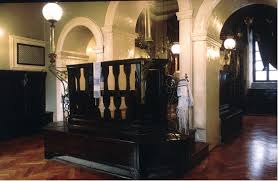





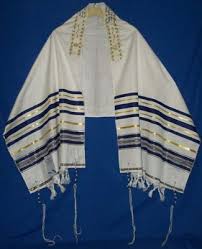
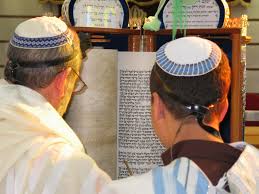






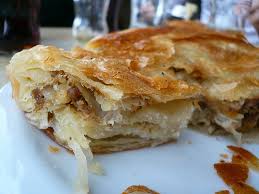

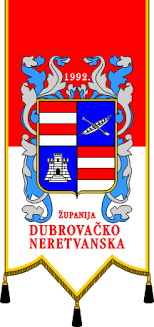
07mo9.gif)










